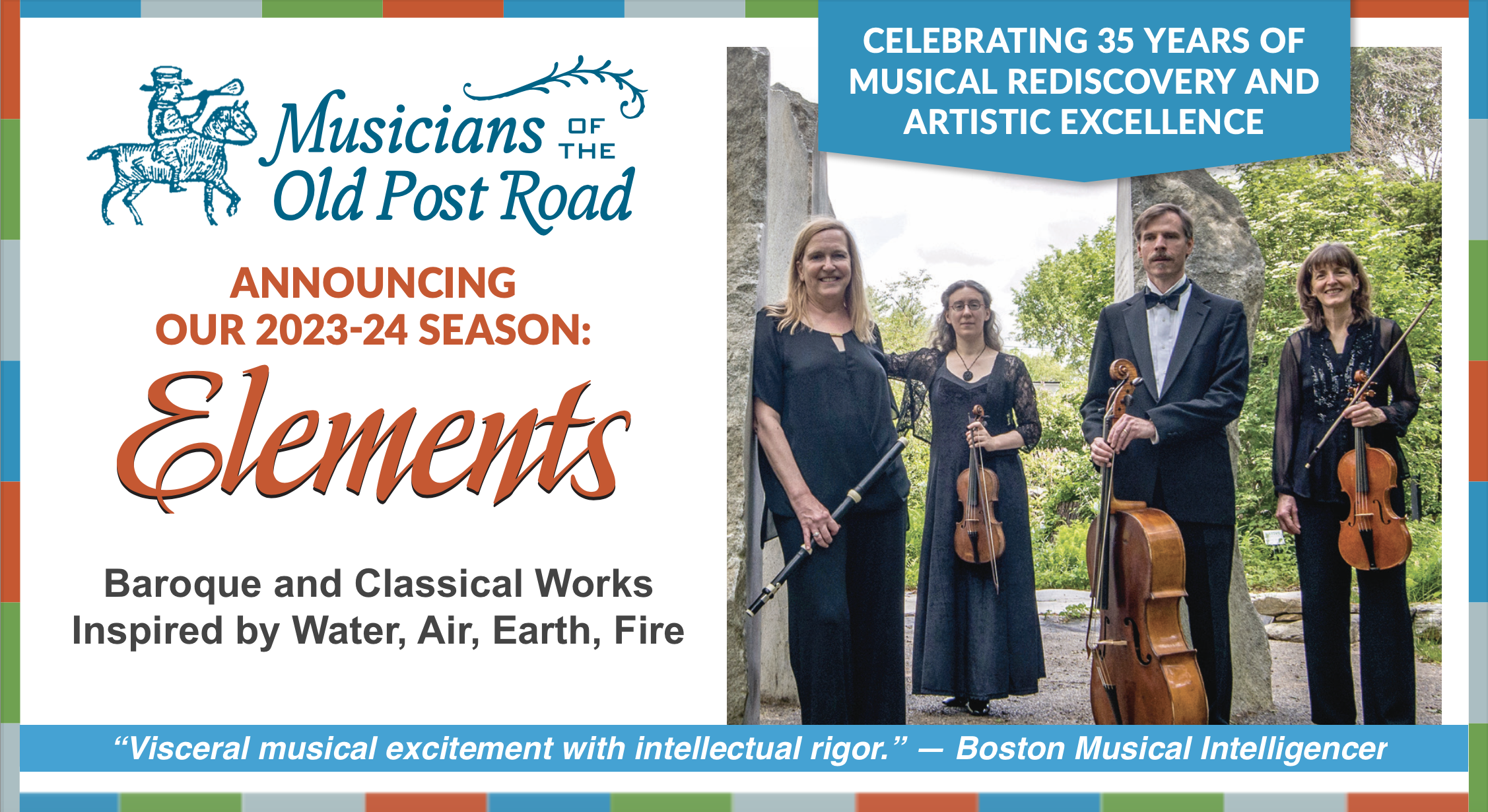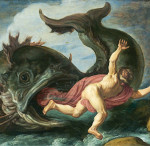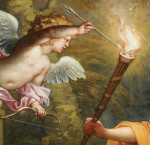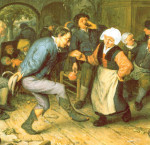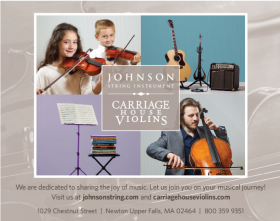Experience Baroque pyrotechnics on full display in concerti and sonatas for flute, strings, and harpsichord, including a flute concerto by Nardini, Vivaldi’s La Follia, a concerto by Scarlatti, a sinfonia by Locatelli, and a flute sonata by Anna Bon.
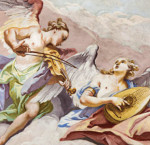
Air: Heavenly Baroque Christmas
Celebrate the season with celestial works from Spain & New Spain. Music by Iribarren, Salazar, others, including Zumaya, the first Mexican classical composer of indigenous descent. With guests from ensemble La Fontegara of Mexico.
Featuring soprano Adriana Ruiz & mezzo-soprano Hilary Anne Walker

